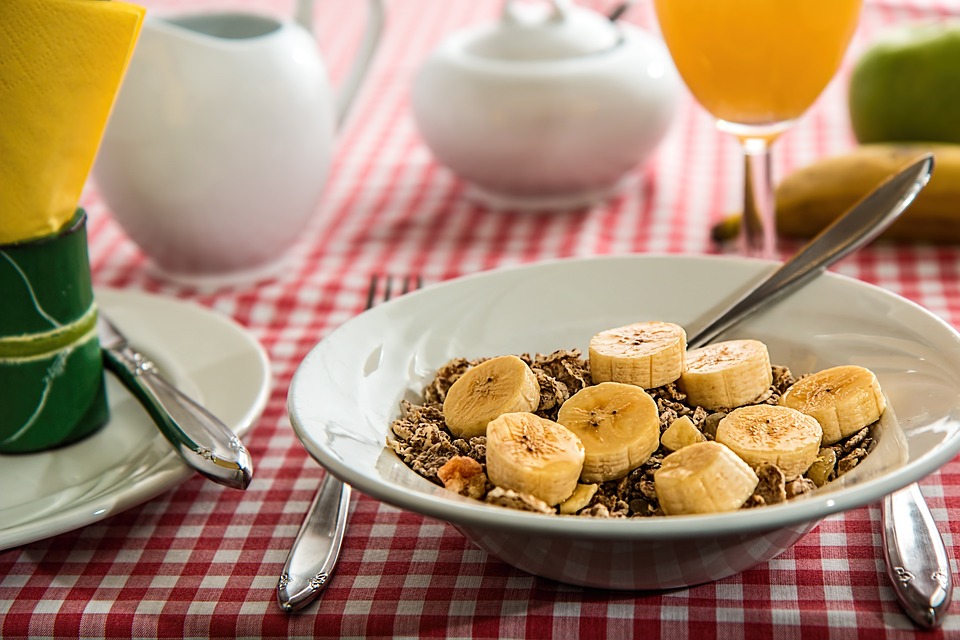Restaurants uncertain about the future are seeking new ways to thrive, with more than four in five (82%) restaurant owners who stayed open during the COVID-19 lockdowns adopting new ways of working; including new processes, systems, or technology, according to the inaugural Deliveroo HospoVitality Index Report.
Deliveroo is today launching its HospoVitality Index Report, conducted with research firm YouGov, which surveyed more than 500 restaurant owners across Australia to understand business confidence, the challenges they face, how they’ve responded to the COVID-19 pandemic, what government policy initiatives will help aid recovery and their plans for the future.
In exploring how restaurants navigated the national lockdowns, the Report reveals 48% of restaurant owners introduced new staffing and shift patterns, 42% optimised their menus and a quarter (25%) made point of sale changes.
Nine in ten (91%) of Australia’s restaurants stayed open and operating in some capacity, with 74% adopting new revenue streams such as takeaway, delivery, ready to cook meals, adding alcohol options to food orders and hampers.
Of the restaurants that introduced new ways of making money during the COVID-19 lockdowns, 90% said they would maintain some or all of these revenue streams into the future, with takeaway (57%) and food delivery via a platform such as Deliveroo (55%) the most popular.
Looking ahead, restaurant owners said technological advancements in digital ordering and in-store collection processes are the most needed (45%), followed by improved data insights to manage marketing (20%) and developments in advanced online bookings (18%), showing the vital role platforms will have in supporting the restaurant sector.
CEO Deliveroo, Ed McManus said the resourcefulness of the sector had come to the fore during the pandemic, with thousands of restaurants showing their grit and determination to survive.
“These businesses have used their creativity and innovative thinking to pivot to new revenue streams and adopted new ways of working, however the Report found a sector uncertain about their immediate prospects. Restaurant owners believe it will get worse before it gets better.”
Nearly four in ten (39%) of restaurant owners are feeling positive about their business prospects today and 26% are concerned (net balance +13), while 30% are positive about their prospects in three months’ time and more than a third (36%) are worried (-6 net balance).*
One in five (21%) of all restaurant owners said they didn’t know at what stage they would be able to trade profitably and be viable within the Federal Government’s 3-step Framework for a COVID-safe Australia, demonstrating just how vulnerable many businesses are feeling.
However, more than half (52%) of restaurant owners are optimistic about their own business prospects in 12 months’ time and only 15% are concerned (+37 net balance). This is compared to more negative sentiment towards the sector as a whole. Four in ten (39%) of all restaurant owners surveyed are feeling positive about the future of the hospitality sector, compared with 30% who are feeling pessimistic, giving a lower net balance score of +9.
The greatest challenges impacting business confidence are, equally, the slowing down of the economy and reduced dine-in capacity (each 68%), followed by a reduction in consumer spending (64%) and produce prices increasing (60%).
Government assistance during the pandemic has been vital, with two thirds (65%) of restaurant owners accessing JobKeeper. Of these restaurants, 44% said they would not have been able to keep trading had JobKeeper not been available, equal to those who said they would have. Two thirds (66%) of restaurant owners sought rental relief from their landlords during the COVID-19 lockdown.
Restaurant owners were also asked to rank the government policies they felt were most important in aiding their recovery. Tax relief was the overwhelming priority (79%), followed by payroll tax (49%) and penalty rates (43%), while more than a quarter (29%) are keen to see a relaxation of regulations for outdoor seating.
“Restaurants are walking a tightrope at the moment, juggling overheads and costs with an income that has been decimated,” McManus said. “This pandemic has reshaped how many restaurants operate, and many of the new ways of working they’ve adopted, including the important lifelines of takeaway and delivery, are here to stay.
“However, restaurant owners can’t do it on their own. They need the collective support of government, consumers and their partners such as Deliveroo to help them recover. This Report is an important document for us to capture what restaurants are thinking and share it with the people who need to take notice and action.”
The Deliveroo HospoVitality Index will be produced biannually as a recurring benchmark for the hospitality sector. It will cover these issues and other emergent topics relevant to the industry.






/SSM-49520_AoA_AppliedMechanicsLab_(DynamicsLab)241001-131027q10.jpg/_jcr_content/renditions/cq5dam.web.1280.720.jpeg)

